Juniper scaly: description, varieties, planting and care
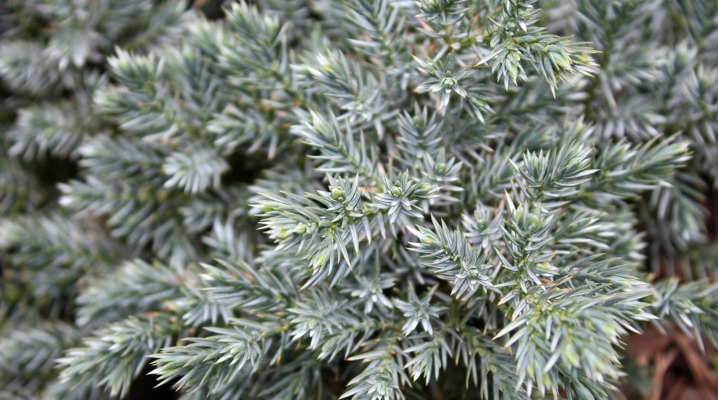
Modern man has managed to study and learned how to grow many wild plants on his own, including juniper. This shrub is used not only for medicinal or practical purposes, but also in the design of the landscape design of the site.

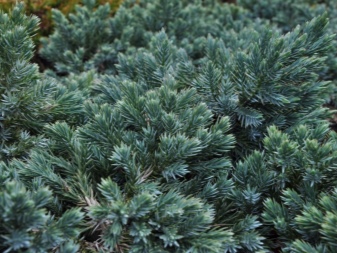
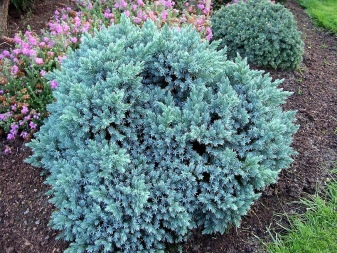

Peculiarities
Scaly juniper is an ornamental shrub from the cypress family. It appeared from the east of Asia, namely from the Eastern Himalayas and the island of Taiwan. It grows mainly in mountainous areas, so getting to the juniper can be very difficult. It was studied in the first half of the 19th century, at the same time the first description of the plant appeared.
Remarkably that this species has more than a dozen different varieties, due to which it has acquired such demand in the design of plots, because the plant is easy to select for almost any setting.
Despite the fact that this shrub is considered decorative, it has the ability to survive in adverse climatic conditions, which is why caring for the plant is not particularly difficult.
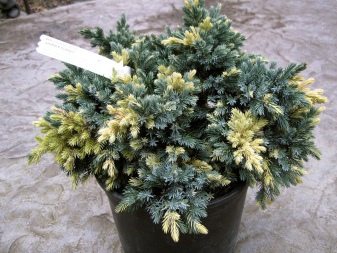
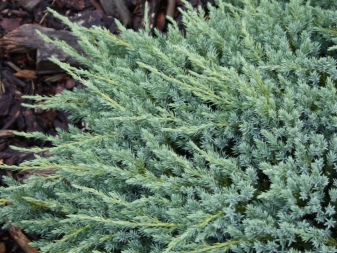
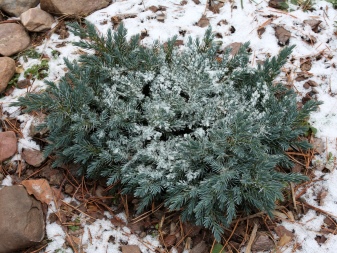

Scaly juniper cannot be called large in size. Depending on its variety, a plant can have a different crown, shape and size. The shoots of this plant, as a rule, sag strongly, which often gives the impression that a dense needle carpet is spread under the bush. Juniper branches have very frequent branching, as well as very dense and thorny needles, the length of which can reach 8 millimeters. The needles are bent, as a rule, towards the shoot and have an aroma inherent in each variety of juniper.
This shrub grows very slowly. It has been established that the plant increases in height and width by only 1-2 centimeters per year. Cones growing on mature plants reach full maturity in the second year and contain only one seed each. They do not exceed 8 millimeters in diameter.
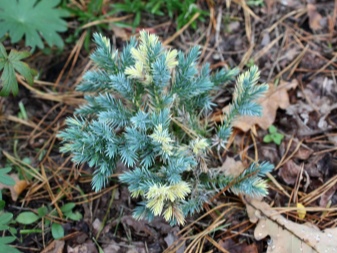
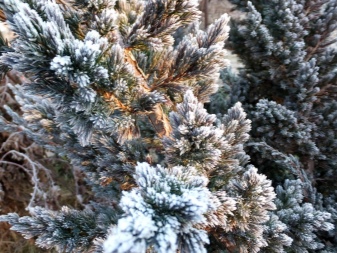

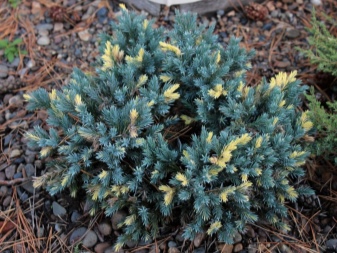
Varietal variety
As mentioned earlier, juniper has quite a few varieties, each of which is unique in its own way. However, the most popular variety is called "Blue Star" ("Blue Star").
Blue Star
Holland is considered the homeland of this variety, where such bushes grow literally at every step. It was bred in the XX century among the samples of the "Meyeri" variety. The main feature of the "Blue Star" is considered to be the shoots not sagging down, as well as a very interesting star-shaped arrangement of the needles.
The variety is classified as dwarf, because the length of the bush usually does not exceed a meter. The crown of this juniper is dense, no higher than 3 meters. The plant grows rather slowly - about 4 centimeters per year.
With long-term formation of plants of the "Blue Star" variety, it is possible to create unique standard forms that cannot be found in nature.
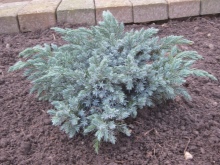
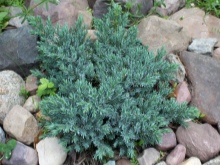
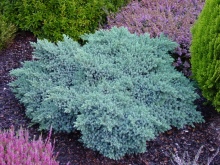
Meyeri
Another popular variety among junipers is Meyeri. It was brought out in China just a few decades ago. A characteristic feature for this variety is considered to be drooping young shoots, which create an interesting appearance. Such a plant is usually used for landscaping the area. It reaches the peak of its beauty during the period of active growth of shoots, in the last days of May.This variety grows somewhat faster than, for example, "Blue Star" - up to 10 centimeters per year. A branch of an adult bush can reach 4-5 meters in length.
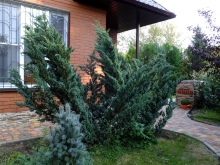
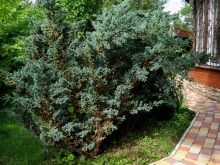
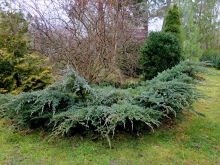
Holger
The variety called "Holger" is often confused with the variety "Meyeri", because the plant has the same drooping shoots. Nevertheless, plants still have differences. The height of the bush of this variety does not exceed 3 meters, while the Meyeri height on average starts from 4 meters... The color of the variety also differs - bright yellow. There is an opinion among ecologists that "Holger" has a beneficial effect on the environment, as it is able to purify the air.
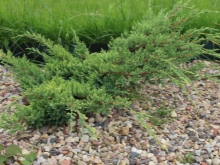
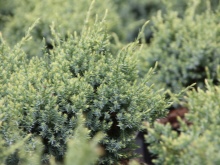
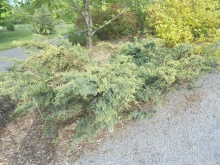
"Blue Swede"
This shrub has silvery needles, hanging shoots characteristic of all junipers and a compact crown. "Blue Svid" does not require careful care and has increased winter hardiness. For ten years of life, this plant is capable of growing only up to half a meter in height and a meter in width. It is quite remarkable that the needles of this variety become gray by winter.
Blue Svid grows best in sunny places, but growth is also possible in a small shade. The shrub is not afraid of frost and saturated gases, therefore it is suitable for growing in an urban environment.
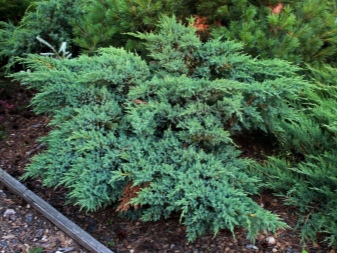

Hannethorpe
Hannethorpe is the most popular scaly juniper among gardeners in Central Europe and the Scandinavian countries. This shrub is classified as a slow-growing variety with a compact crown and thorny silvery needles. Some breeders claim that Hannethorpe is a Blue Sweep variety.
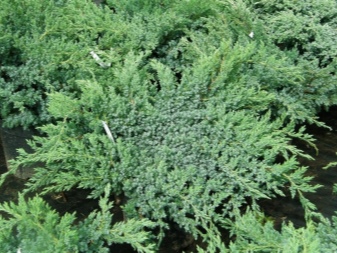
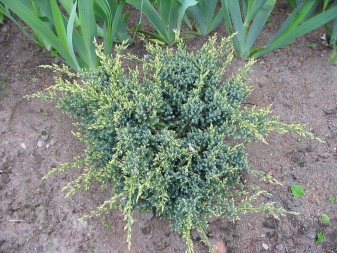
Dream Joy
A shrub called "Dream and Joy" is a plant with a very neat and compact crown, with yellow needles at the top of the branches. As it grows and develops, the yellow needles become saturated green. The crown of this juniper is squat, it does not exceed 80 centimeters in height.
The average width of the shrub is 120 centimeters. For gardening, the best place would be a sunny spot with aerated soil.
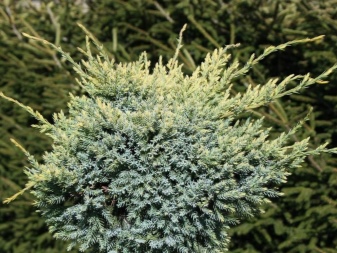

"Floreant"
The “Floreant” variety was obtained by breeders on the basis of the “Blue Star” variety. "Floreant" has variegated yellow-green needles. The shrub is dwarf, therefore its maximum height is one meter, and its width is 2 meters. The crown of such a juniper has a hemispherical shape and is easily formed.
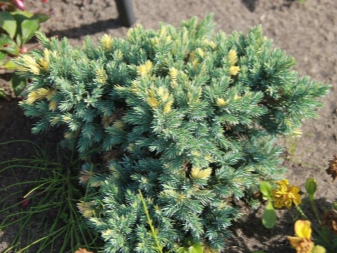
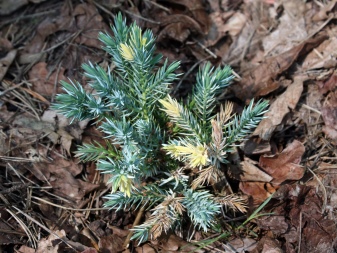
"Golden flame"
Such a plant is appreciated among gardeners for the interesting color of the needles. The shrub does not exceed 2 meters in height, and the plant can grow 20 centimeters per year. There is a wide spreading crown with bluish prickly needles. In some areas of the plant, cream shades can be found. The plant is winter-hardy and drought-resistant.

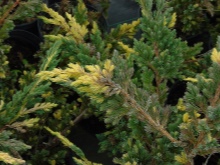

Loderi
This scaly juniper variety was developed in England around the beginning of the 20th century. The name of the variety comes directly from the surname of its creator - Sir Laudery. The shrub itself is very dense, cone-shaped, the branches are raised up. For 10 years of development, the plant can grow only up to 1.5 meters in height and 1 meter in width. The needles are very sharp, they have a rich green tint.
Juniper of the Loderi variety is a thermophilic plant, so the best place to grow it will be a sunny area. Nevertheless, in partial shade, this shrub also grows well.
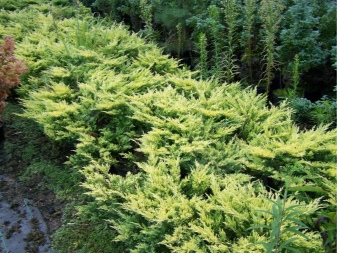
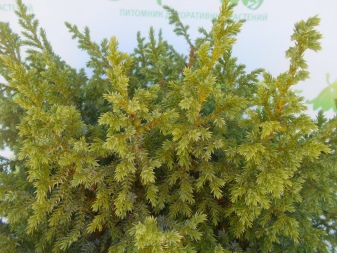
"Blue Spider"
The plant got the name "Blue Spider" for a reason - the shape of this evergreen shrub really resembles a spider. The plant grows extremely slowly. For 10 years, it can grow only 3 meters in height and 1 in width. The crown has a wide conical shape and a slightly raised center. The shoots of the Blue Spider are tough and spreading. The needles are sharp, silvery-blue.
Since the plant is compact and does not require painstaking care, it is excellent for growing in small areas and gardens. That is why it is so common among the inhabitants of Europe.
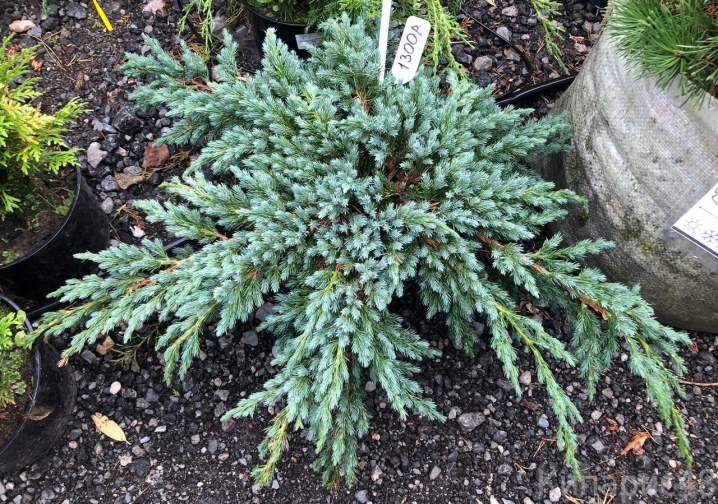
Little Joanna
The plant was bred by breeders from Holland and is currently widely used in the design of gardens and plots. Outwardly, Little Joanna strongly resembles the Blue Star variety, but is much more compact than its relative. The crown of the plant is very dense. The needles are prickly and deep green in color. The height of an adult plant is no more than 40 centimeters, and the width is no more than 50 centimeters. Like most other junipers, this variety is unpretentious in care and perfectly tolerates winter and frosts.
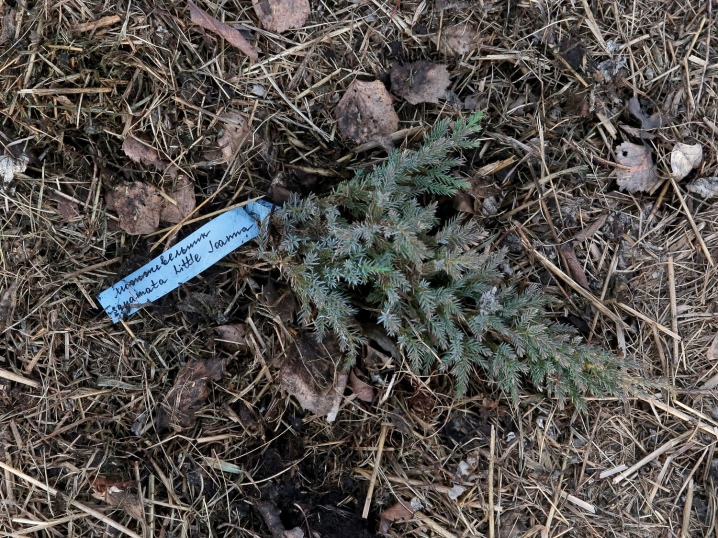
"Gold type"
Scaly juniper "Gold type" - it is a very recently bred variety, reminiscent of Meyeri, but growing much more slowly. The average height of this shrub is half a meter, and its width is 1.5 meters. Young needles have a yellow tint, more mature needles have a green tint. Also, the plant has increased resistance to the urban environment and frost resistance.
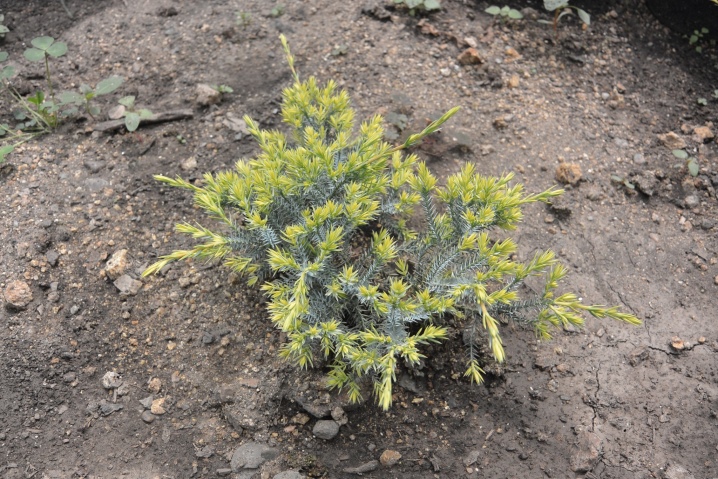
How to plant?
A very important point when growing absolutely any sort of juniper is correct fit... In order to carry out this procedure efficiently, you should adhere to the following recommendations. Since these are light-loving plants, they should be planted in sunny open places. The soil must be either sandy loam or loamy. It is important that she be slightly damp, and so that it contains the necessary amount of nutrients that are necessary for proper growth.
If the soil is heavy, it is recommended to add peat and some sand to it. Coniferous soil will be useful - soil obtained directly from under coniferous forest plants. Such a soil is useful in that it contains organic substances favorable for the growth of juniper. It is recommended to pour white brick crumbs or sand at the bottom of the planting pit. This powder allows you to create all the necessary conditions for soil drainage.
Also a great addition would be fertilizer "Kemira-universal", but not more than 150 grams. In order for the plant to take root more easily, you should add growth regulator "Epin".
Another important task is to choose the right size of the landing pit. For large varieties, the optimal pit size is 70 by 90 centimeters. It is important to plant quickly, without allowing the roots to dry out. This should be done as carefully as possible, because the roots of the juniper are very delicate and weak.
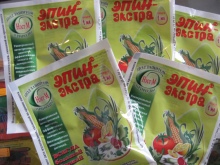
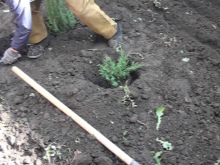
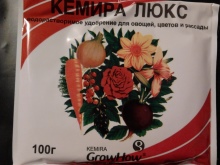
At the end of planting, the plant must be well watered, and then covered with dense material to protect it from sunlight. We must not forget about the optimal distance between seedlings. It is recommended to keep a range of 1-2 meters between plants. For those who decide to plant junipers using seeds, there are other recommendations.
- To begin with, the seeds necessary for planting must be collected. This is best done at the end of the summer. During this period, they are most likely to germinate, but at the same time they are not fully ripe.
- The planting process itself is best done immediately after collecting the seeds. Since they have a rather dense shell, the first shoots can be observed only after a few years.
- It is important to understand that it will take a very long time to grow a shrub using this method.
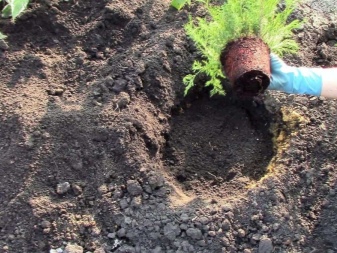
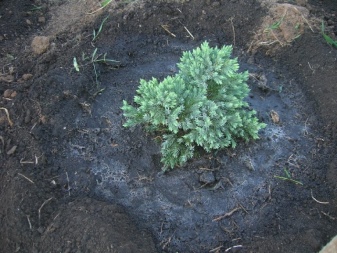
How to take care of it properly?
As mentioned earlier, juniper is an extremely unpretentious plant, therefore and even a novice gardener can handle it. In winter, you need to watch the branches, because with a huge amount of snow, they can break. The same goes for the crown of the plant. In order for this not to happen, it is necessary to tie them up in the autumn period.
In the case when the plant has increased sensitivity to daily temperature changes, it should be covered with a special material in winter and spring. Also, this method perfectly helps to protect the plant from sunburn, which causes the appearance of yellow shades on the shrub. In the spring and summer, it is necessary to regularly water it, as well as make additional fertilizing that is important for the growth and development.
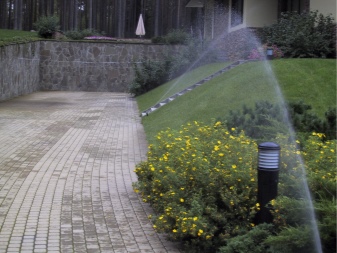
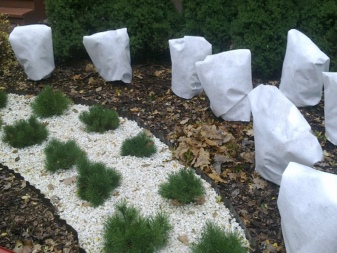
It will also be useful to spray the plant with a solution of micronutrient fertilizers. This procedure helps the juniper maintain its green color even in winter. As for pruning, it must be carried out as carefully as possible, observing important rules.
- Regular pruning of the shrub can provide ventilation of the interior space and prevent the occurrence of such an unpleasant disease as fungus. In addition, pruning allows you to remove all dead and dried parts of the plant.
- This procedure can be carried out several times a year. The best periods are considered to be spring, late summer and the very beginning of autumn.
- It is important to know that the very first pruning of a shrub can be carried out only a year after planting the plant.
- Directly on the day of the procedure, the air and climate should be humid, and the plant itself should be well sprayed.
To complete the work you will need:
- secateurs;
- long-handled garden shears;
- lopper;
- hacksaw.
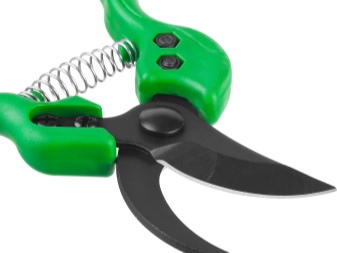
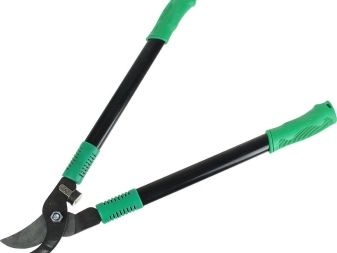

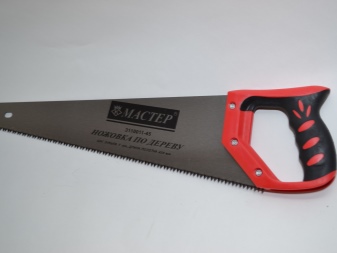
All devices must be sharpened and disinfected so as not to introduce any infections. It is also important to understand that even cuts left by sharp devices heal much faster than uneven ones.
Reproduction methods
Reproduction can be done in several ways:
- cuttings;
- seeds;
- layering;
- division.
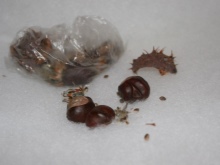
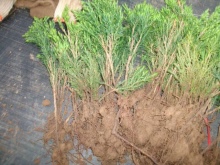
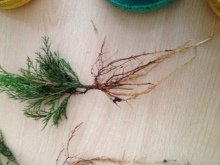
The most popular and simplest method is propagation by cuttings.
- It is necessary to choose a suitable planting material. The optimal cutting length is 12 centimeters.
- Next, the cutting should be prepared. The needles are removed with a knife, and the lower part of the cutting is treated with a growth stimulator.
- After 24 hours, the cutting can be placed in the ground.
It is best to carry out such reproduction at the beginning of the season. It takes about 70 days to form the root system.
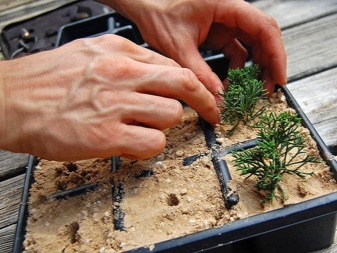
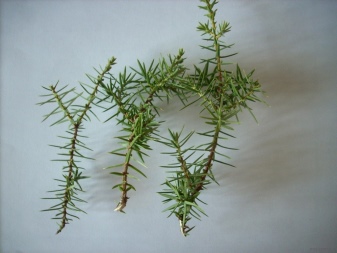
Diseases and pests
One of the main features of the juniper is its resistance to various diseases. Nevertheless, there is a risk of the disease, as a rule, it is a fungal infection. The most common diseases are:
- fusarium;
- drying out of branches;
- alternaria;
- brown shute.
For the prevention of these diseases, you should use clean disinfected devices, and also treat all wounds that appear with a solution of copper sulfate. For the treatment of fungal infections, it is better to use the drugs "Gamair" and "Fitosporin".


Use in landscape design
This plant is widely used in landscape design for a reason - it has a strict shape, calm color and many possible variations that can decorate any territory. Among designers, there are 3 main styles using juniper.
- Japanese. A certain arrangement of stones and low varieties of juniper are used here.
- English... A discreet composition used to decorate parks and gardens.
- French. In this case, the plants are given a geometric shape and planted symmetrically.
Each of these styles is sophisticated and sophisticated, so they can be applied anywhere. Scaly juniper is a wonderful evergreen plant that is resistant to any climatic conditions. Due to its simplicity in care and compactness, it is great for decorating a garden and any other area.
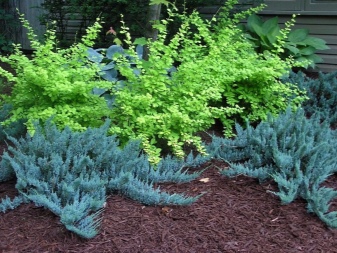
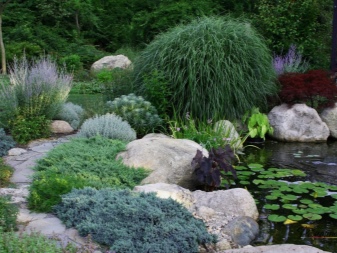
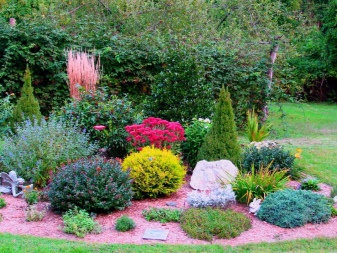
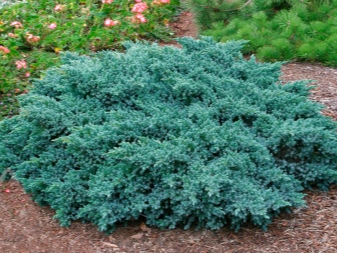
Next, see the video review of the Blue Star scaly juniper.



































































The comment was sent successfully.